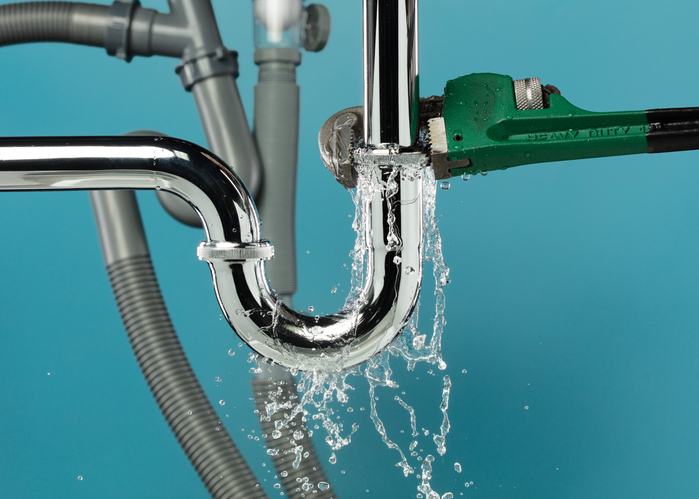Should You Tighten Pipes in Your Home from Time to Time?
Posted on June 19, 2025 by Melbourne Plumber

Modern plumbing makes the world a better place. It brings in fresh potable water and removes dirty and dangerous wastewater. It’s one of the conveniences we take for granted. Whenever something goes wrong with our plumbing, it becomes apparent right away and you suddenly realize just how important it is.
Before modern plumbing, humans were forced to live right on (or right near) water sources such as lakes, rivers, springs and streams. Modern plumbing allowed small villages to become towns and cities. Sometimes water is carried many miles from its source before it is used.
You may ask yourself “what can I do to help my plumbing run more smoothly?”. That’s what brings us to the topic of this article. Should a person tighten their own pipes from time to time?
The simple answer is no; it doesn’t help to tighten your own plumbing at the joints. Over long periods of time, the pressure from within the pipes can’t cause them to come loose. However, there are times when you may need to tighten them.
When to Check/Tighten Pipes:
- If you notice leaks at pipe joints or fittings, tightening may be needed. Loose connections, especially in threaded fittings, can cause drips or sprays.
- After repairs or installations, new fittings might settle and require a slight tightening to ensure a proper seal.
- In older homes, corrosion or vibration can loosen fittings over time, so periodic inspection (e.g., every couple of years) is wise, especially for exposed pipes.
- If you hear water hammer (banging noises in pipes), it could indicate loose pipe supports or fittings, which might need tightening or securing.
Why Not to Tighten Regularly:
- Over-tightening can damage threads, crush gaskets, or crack fittings, especially in plastic or older metal pipes, leading to leaks or breaks.
- Most modern plumbing systems (e.g., PEX, copper, or PVC) are designed to remain secure once properly installed, assuming no external factors like settling or vibration.
How to Check:
- Visually inspect exposed pipes for signs of leaks, corrosion, or loose fittings.
- Gently try to wiggle fittings; if they move, they may need tightening with a wrench or pliers. Use caution to avoid over-tightening.
- For compression fittings, ensure they’re snug but not crushed. For threaded fittings, a quarter-turn with a wrench is often enough if a leak is present.
When to Call a Professional:
- If you’re unsure about the type of pipes or fittings (e.g., copper, PEX, galvanized steel), or if tightening doesn’t stop a leak.
- For hidden pipes (in walls or floors), as improper handling can cause major damage.
- If you suspect systemic issues like high water pressure, which can loosen fittings over time (normal pressure is 40-80 psi; a plumber can test this).
Preventive Tips:
- Inspect pipes annually for signs of wear, especially in high-humidity areas or where freezing is a risk.
- Ensure pipe supports (hangers or straps) are secure to prevent movement.
- If you live in an area with hard water, mineral buildup can affect fittings, so consider a water softener to reduce strain on your plumbing.
If you don’t notice leaks, noises, or visible issues, there’s no need to tighten pipes just for the sake of it. Regular inspections are more important than routine tightening.
